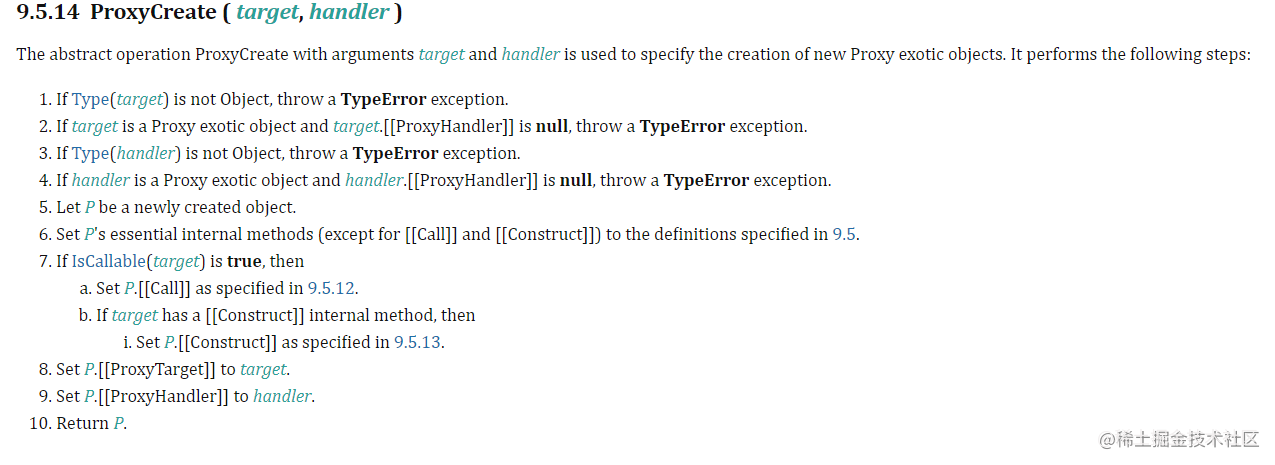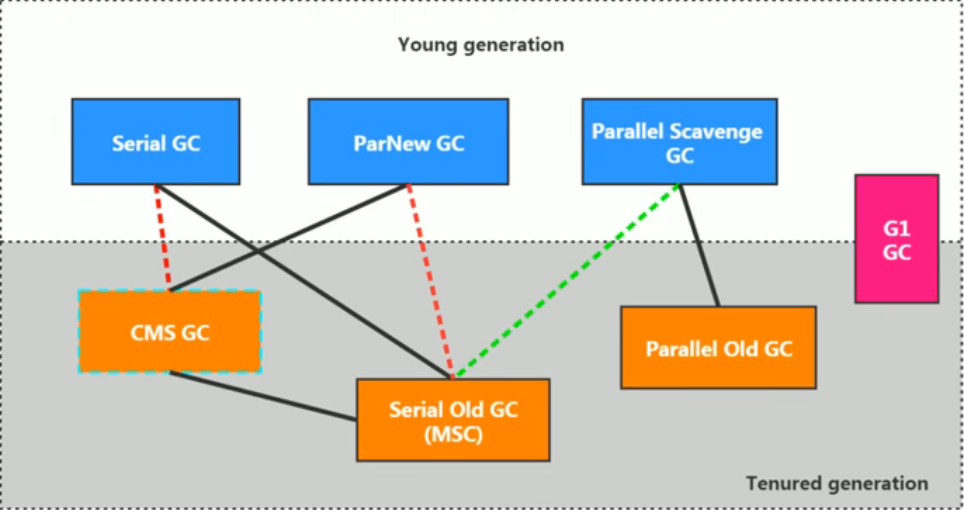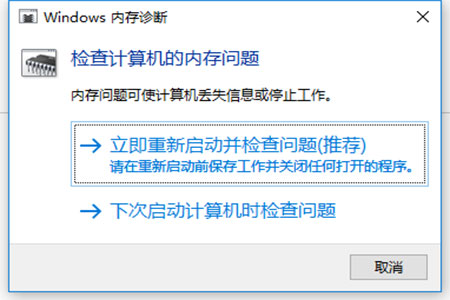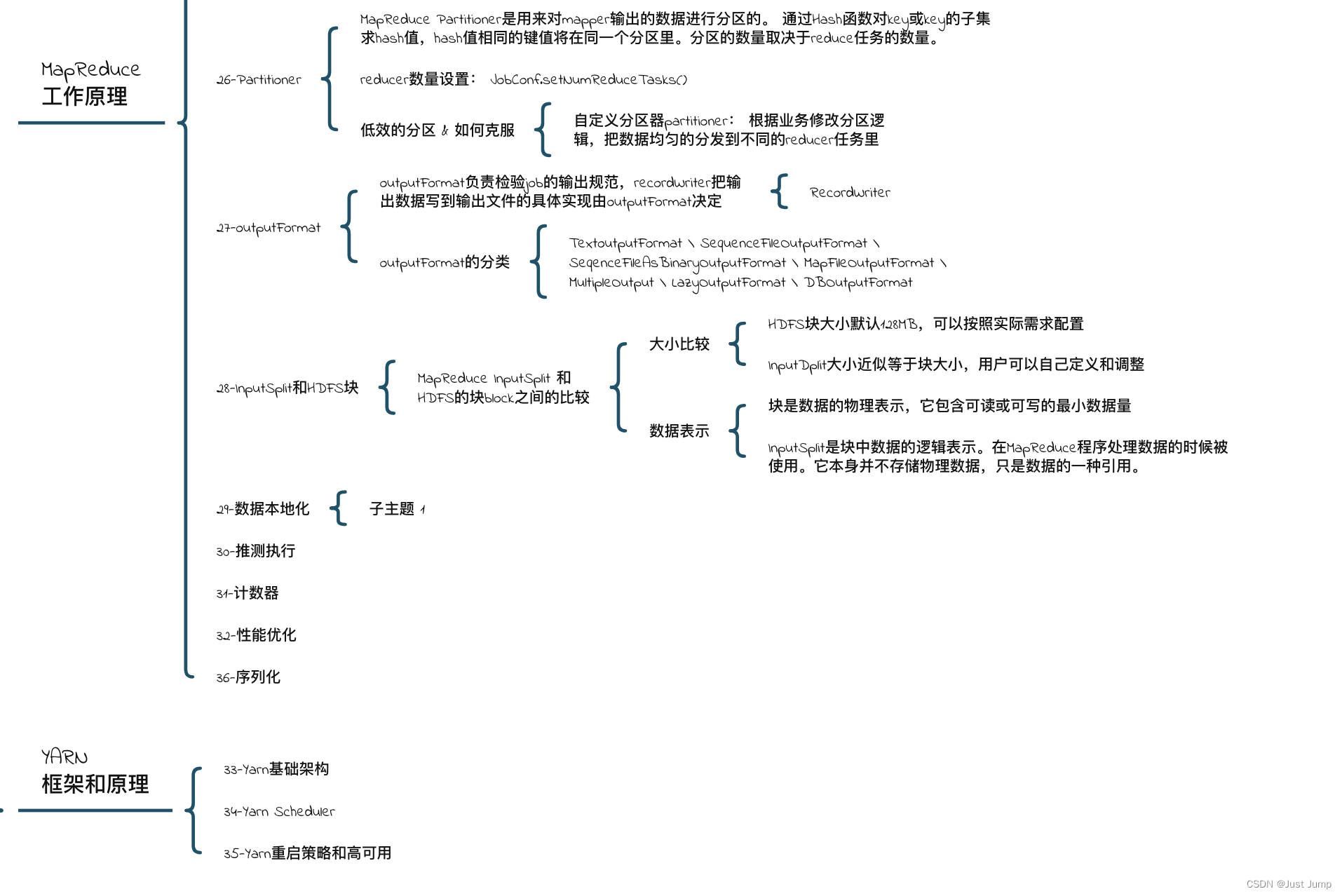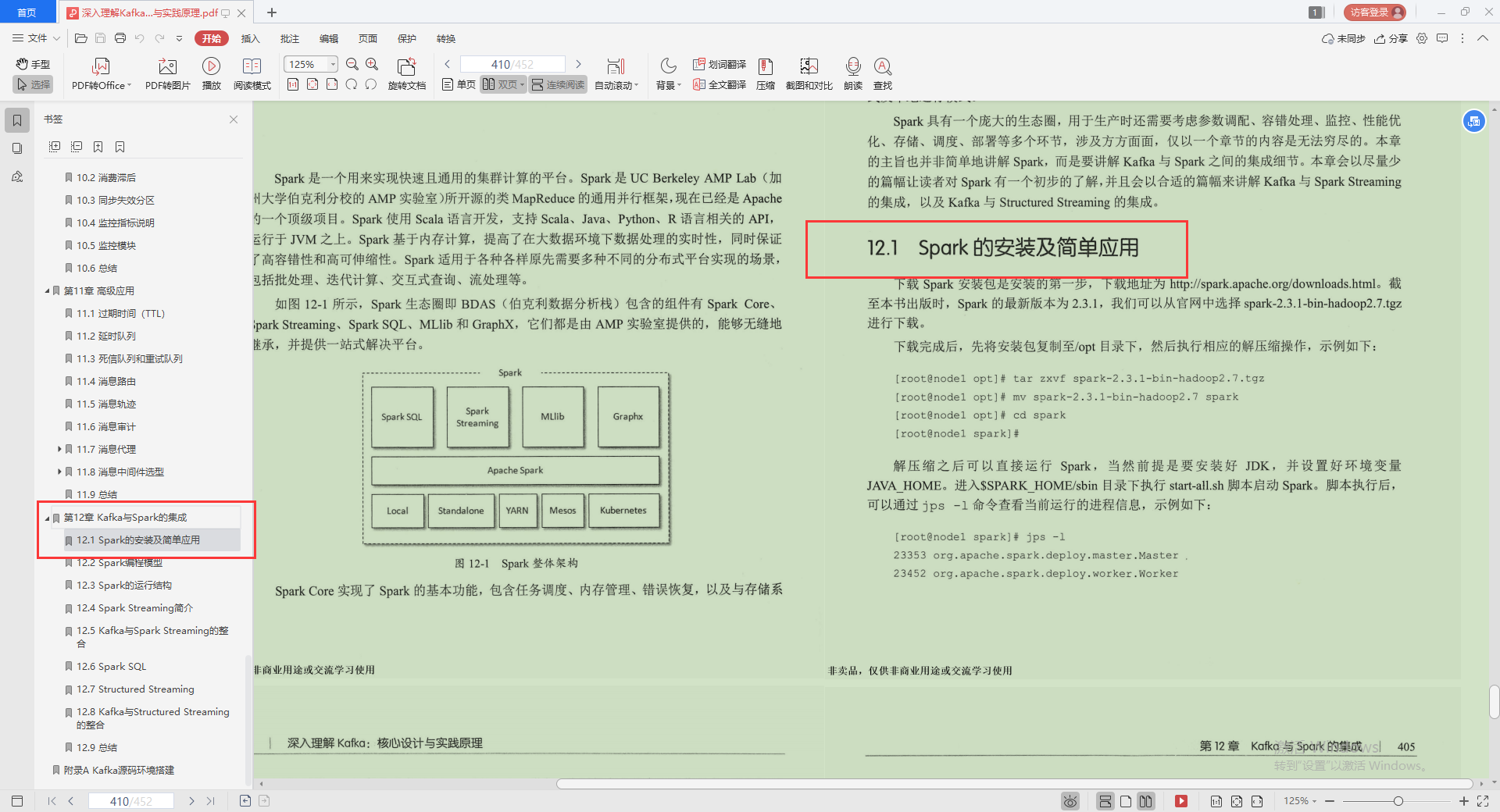例子代码
本篇将要讲解dom diff,那么咱们结合下面的例子来进行讲解,这个例子是在上一篇文章的基础上,加了一个数据变更,也就是list的值发生了改变。html中增加了一个按钮change,通过点击change按钮来调用change函数,来改变list的值。例子位于源代码/packages/vue/examples/classic/目录下,下面是例子的代码:
const app = Vue.createApp({
data() {
return {
list: ['a', 'b', 'c', 'd']
}
},
methods: {
change() {
this.list = ['a', 'd', 'e', 'b']
}
}
});
app.mount('#demo')
<!DOCTYPE html>
<html>
<head>
<meta name="viewport"
content="initial-scale=1.0,maximum-scale=1.0,minimum-scale=1.0,user-scalable=no,target-densitydpi=medium-dpi,viewport-fit=cover"
/>
<title>Vue3.js hello example</title>
<script src="../../dist/vue.global.js"></script>
</head>
<body>
<div id="demo">
<ul>
<li v-for="item in list" :key="item">
{{item}}
</li>
</ul>
<button @click="change">change</button>
</div>
<script src="./hello.js"></script>
</body>
</html>
源码解读
关于Vue3中数据发生变更,最终影响到页面发生变化的过程,我们本篇文章只对componentEffect以及以后的代码进行讲解,对于数据变更后,是如何执行到componentEffect函数,以及为何会执行componentEffect,后面的文章再进行讲解。
componentEffect
来看下componentEffect更新部分的代码:
// @file packages/runtime-core/src/renderer.ts
function componentEffect() {
if (!instance.isMounted) {
// first render
} else {
let {next, bu, u, parent, vnode} = instance
let originNext = next
let vnodeHook: VNodeHook | null | undefined
if (next) {
updateComponentPreRender(instance, next, optimized)
} else {
next = vnode
}
next.el = vnode.el
// beforeUpdate hook
if (bu) {
invokeArrayFns(bu)
}
// onVnodeBeforeUpdate
if ((vnodeHook = next.props && next.props.onVnodeBeforeUpdate)) {
invokeVNodeHook(vnodeHook, parent, next, vnode)
}
const nextTree = renderComponentRoot(instance)
const prevTree = instance.subTree
instance.subTree = nextTree
if (instance.refs !== EMPTY_OBJ) {
instance.refs = {}
}
patch(
prevTree,
nextTree,
hostParentNode(prevTree.el!)!,
getNextHostNode(prevTree),
instance,
parentSuspense,
isSVG
)
next.el = nextTree.el
if (originNext === null) {
updateHOCHostEl(instance, nextTree.el)
}
// updated hook
if (u) {
queuePostRenderEffect(u, parentSuspense)
}
// onVnodeUpdated
if ((vnodeHook = next.props && next.props.onVnodeUpdated)) {
queuePostRenderEffect(() => {
invokeVNodeHook(vnodeHook!, parent, next!, vnode)
}, parentSuspense)
}
}
}
参考Vue3源码视频讲解:进入学习
当数据发生变化的时候,最终会走到上面的else的逻辑部分。
- 默认情况下next是null,父组件调用processComponent触发当前调用的时候会是VNode,此时next为null;
- 调用当前实例beforeUpdate钩子函数;调用要更新的Vnode(next)的父组件的beforeUpdate钩子函数;
- 获取当前实例的vNode => prevTree;获取要更新的vNode=> nextTree;然后调用patch;
调用patch函数的过程,也就是根据VNode的type,走不同的支流的过程;点击change按钮:n1的值: n2的值:
n2的值: 根据这个值,可以知晓,会走到processFragment函数;
根据这个值,可以知晓,会走到processFragment函数;
processFragment
调用processFragment(n1, n2, container, anchor, parentComponent, parentSuspense, isSVG, optimized)函数,参数的值:
- 此时n1和n2如上图;
- container为#demo;
- anchor为null;
- parentComponent为instance实例;
- parentSuspense为null;
- isSVG为false;
- optimized为false;
来看下processFragment函数的源码:
// @file packages/runtime-core/src/renderer.ts
const processFragment = (
n1: VNode | null, n2: VNode, container: RendererElement, anchor: RendererNode | null, parentComponent: ComponentInternalInstance | null, parentSuspense: SuspenseBoundary | null, isSVG: boolean, optimized: boolean
) => {
const fragmentStartAnchor = (n2.el = n1 ? n1.el : hostCreateText(''))!
const fragmentEndAnchor = (n2.anchor = n1 ? n1.anchor : hostCreateText(''))!
let {patchFlag, dynamicChildren} = n2
if (patchFlag > 0) {
optimized = true
}
if (n1 == null) {
// first render的逻辑
} else {
if (
patchFlag > 0 && patchFlag & PatchFlags.STABLE_FRAGMENT && dynamicChildren
) {
patchBlockChildren(
n1.dynamicChildren!,
dynamicChildren,
container,
parentComponent,
parentSuspense,
isSVG
)
if (__DEV__ && parentComponent && parentComponent.type.__hmrId) {
traverseStaticChildren(n1, n2)
} else if (
n2.key != null ||
(parentComponent && n2 === parentComponent.subTree)
) {
traverseStaticChildren(n1, n2, true /* shallow */)
}
} else {
patchChildren(
n1,
n2,
container,
fragmentEndAnchor,
parentComponent,
parentSuspense,
isSVG,
optimized
)
}
}
}
刨除掉first render的代码后,可以看到下面还是分为了两个分支;根据n1和n2可知,我们将会走if分支,执行patchBlockChildren。
patchBlockChildren
调用patchBlockChildren(n1.dynamicChildren, n2.dynamicChildren, container, parentComponent, parentSuspense, isSVG)函数,此时参数如下:
- oldChildren:n1.dynamicChildren,也就是Symbol(Fragment) =>ul 和button两个元素组成的数组;
- newChildren: n2.dynamicChildren,也就是Symbol(Fragment) =>ul 和button两个元素组成的数组;
- fallbackContainer:container,也就是#demo;
- parentComponent:instance实例;
- parentSuspense:null;
- isSVG:false。
来看下patchBlockChildren的源码:
// @file packages/runtime-core/src/renderer.ts
const patchBlockChildren: PatchBlockChildrenFn = (
oldChildren, newChildren, fallbackContainer, parentComponent, parentSuspense, isSVG
) => {
for (let i = 0; i < newChildren.length; i++) {
const oldVNode = oldChildren[i]
const newVNode = newChildren[i]
const container =
oldVNode.type === Fragment ||
!isSameVNodeType(oldVNode, newVNode) ||
oldVNode.shapeFlag & ShapeFlags.COMPONENT ||
oldVNode.shapeFlag & ShapeFlags.TELEPORT
? hostParentNode(oldVNode.el!)!
: fallbackContainer
patch(
oldVNode,
newVNode,
container,
null,
parentComponent,
parentSuspense,
isSVG,
true
)
}
}
可以看到patchBlockChildren是for循环调用patch函数,上面看到newChildren是一个长度为2的数组。循环遍历调用patch(oldVNode, newVNode, container, null, parentComponent, parentSuspense, isSVG, true);
- 第一次循环:
-
- oldVNode:老的ul数组生成的VNode对象;
-
- newVNode:新的ul数组生成的VNode对象;
-
- container:ul元素;
-
- anchor:上面传递的是null;
-
- parentComponent: instance实例;
-
- parentSuspense: null;
-
- isSVG: false;
-
- optimized: true;
- 第二次循环:
-
- oldVNode: 老的change按钮构成的VNode对象;
-
- newVNode:新的change按钮构成的VNode对象;
-
- container:此时的container为#demo;
-
- anchor:上面传递的是null;
-
- parentComponent: instance实例;
-
- parentSuspense: null;
-
- isSVG: false;
-
- optimized: true;
processElement
咱们先说第二次循环,第二次比较简单;上面说到调用patch函数,通过上面了解到第二次循环newVNode的type是button;则会走到processElement,参数全部是透传过来的:
const processElement = (
n1: VNode | null, n2: VNode, container: RendererElement, anchor: RendererNode | null, parentComponent: ComponentInternalInstance | null, parentSuspense: SuspenseBoundary | null, isSVG: boolean, optimized: boolean
) => {
isSVG = isSVG || (n2.type as string) === 'svg'
if (n1 == null) {
// first render
} else {
patchElement(n1, n2, parentComponent, parentSuspense, isSVG, optimized)
}
}
如上代码,会直接调用patchElement,此时参数为:
- n1: 老的change按钮构成的VNode对象;
- n2:新的change按钮构成的VNode对象;
- parentComponent: instance实例;
- parentSuspense: null;
- isSVG: false;
- optimized: true;
patchChildren
现在再来说第一次循环,执行patch的时候,newVNode的type为Symbol(Fragment) => ul,此时还是会走到processFragment函数,不过此时的dynamicChildren为空,会继续运行到patchChildren函数。
patchChildren
此时运行到patchChildren函数,我们来看下运行到此时的参数:
- n1:老的ul数组生成的VNode对象;

- n2:新的ul数组生成的VNode对象;

- container:ul元素;
- anchor:ul结尾生成的对象;
- parentComponent:instance实例;
- parentSuspense:null
- isSVG:false;
- optimized:true;
下面看下patchChildren的源码:
const patchChildren: PatchChildrenFn = (
n1, n2, container, anchor, parentComponent, parentSuspense, isSVG, optimized = false
) => {
const c1 = n1 && n1.children
const prevShapeFlag = n1 ? n1.shapeFlag : 0
const c2 = n2.children
const {patchFlag, shapeFlag} = n2
if (patchFlag > 0) {
if (patchFlag & PatchFlags.KEYED_FRAGMENT) {
patchKeyedChildren(
c1 as VNode[],
c2 as VNodeArrayChildren,
container,
anchor,
parentComponent,
parentSuspense,
isSVG,
optimized
)
return
} else if (patchFlag & PatchFlags.UNKEYED_FRAGMENT) {
// patchUnkeyedChildren
return
}
}
// other ......
}
此时patchFlag的值为128,同时我们的list渲染是有key的,so 会运行patchKeyedChildren函数,c1为四个li组成的数组(a,b,c,d);c2为新的li组成的数组(a,d,e,b);其他值透传到patchKeyedChildren。
patchKeyedChildren
上面对patchKeyedChildren函数的参数已经进行了说明,在这里我们再回顾下:
- c1:四个li组成的数组(a,b,c,d);
- c2:新的li组成的数组(a,d,e,b);
- container:ul元素;
- parentAnchor:ul结尾生成的对象;
- parentComponent:instance实例;
- parentSuspense:null
- isSVG:false;
- optimized:true;
接下来看下patchKeyedChildren函数的源码:
const patchKeyedChildren = (
c1: VNode[], c2: VNodeArrayChildren, container: RendererElement, parentAnchor: RendererNode | null, parentComponent: ComponentInternalInstance | null, parentSuspense: SuspenseBoundary | null, isSVG: boolean, optimized: boolean
) => {
let i = 0
const l2 = c2.length
let e1 = c1.length - 1
let e2 = l2 - 1
while (i <= e1 && i <= e2) {
const n1 = c1[i]
const n2 = (c2[i] = optimized ? cloneIfMounted(c2[i] as VNode) : normalizeVNode(c2[i]))
if (isSameVNodeType(n1, n2)) {
patch(n1,n2,container,null,parentComponent,parentSuspense,isSVG,optimized)
} else {
break
}
i++
}
while (i <= e1 && i <= e2) {
const n1 = c1[e1]
const n2 = (c2[e2] = optimized ? cloneIfMounted(c2[e2] as VNode) : normalizeVNode(c2[e2]))
if (isSameVNodeType(n1, n2)) {
patch(n1,n2,container,null,parentComponent,parentSuspense,isSVG,optimized)
} else {
break
}
e1--
e2--
}
if (i > e1) {
if (i <= e2) {
const nextPos = e2 + 1
const anchor = nextPos < l2 ? (c2[nextPos] as VNode).el : parentAnchor
while (i <= e2) {
patch(
null,
(c2[i] = optimized
? cloneIfMounted(c2[i] as VNode)
: normalizeVNode(c2[i])),
container,
anchor,
parentComponent,
parentSuspense,
isSVG
)
i++
}
}
}
else if (i > e2) {
while (i <= e1) {
unmount(c1[i], parentComponent, parentSuspense, true)
i++
}
}
else {
const s1 = i
const s2 = i
for (i = s2; i <= e2; i++) {
const nextChild = (c2[i] = optimized ? cloneIfMounted(c2[i] as VNode) : normalizeVNode(c2[i]))
if (nextChild.key != null) {
keyToNewIndexMap.set(nextChild.key, i)
}
}
let j
let patched = 0
const toBePatched = e2 - s2 + 1
let moved = false
let maxNewIndexSoFar = 0
const newIndexToOldIndexMap = new Array(toBePatched)
for (i = 0; i < toBePatched; i++) newIndexToOldIndexMap[i] = 0
for (i = s1; i <= e1; i++) {
const prevChild = c1[i]
if (patched >= toBePatched) {
unmount(prevChild, parentComponent, parentSuspense, true)
continue
}
let newIndex
if (prevChild.key != null) {
newIndex = keyToNewIndexMap.get(prevChild.key)
} else {
for (j = s2; j <= e2; j++) {
if (
newIndexToOldIndexMap[j - s2] === 0 &&
isSameVNodeType(prevChild, c2[j] as VNode)
) {
newIndex = j
break
}
}
}
if (newIndex === undefined) {
unmount(prevChild, parentComponent, parentSuspense, true)
} else {
newIndexToOldIndexMap[newIndex - s2] = i + 1
if (newIndex >= maxNewIndexSoFar) {
maxNewIndexSoFar = newIndex
} else {
moved = true
}
patch(
prevChild,
c2[newIndex] as VNode,
container,
null,
parentComponent,
parentSuspense,
isSVG,
optimized
)
patched++
}
}
const increasingNewIndexSequence = moved
? getSequence(newIndexToOldIndexMap)
: EMPTY_ARR
j = increasingNewIndexSequence.length - 1
for (i = toBePatched - 1; i >= 0; i--) {
const nextIndex = s2 + i
const nextChild = c2[nextIndex] as VNode
const anchor =
nextIndex + 1 < l2 ? (c2[nextIndex + 1] as VNode).el : parentAnchor
if (newIndexToOldIndexMap[i] === 0) {
patch(
null,
nextChild,
container,
anchor,
parentComponent,
parentSuspense,
isSVG
)
} else if (moved) {
if (j < 0 || i !== increasingNewIndexSequence[j]) {
move(nextChild, container, anchor, MoveType.REORDER)
} else {
j--
}
}
}
}
}
上面代码包含的有两个while循环和两对if-else;
- i=0,循环开始下标;e1、e2为c1和c2的长度;l2为新的children的长度;
- 第一个while循环,从头开始对列表进行遍历:
-
- 当nodeType一样的时候,调用patch;
-
- 当nodeType不一样的时候,跳出循环;
- 第二个while循环,当第一个while循环对c1和c2都没有遍历完的时候,从尾部开始对其进行遍历:
-
- 当nodeType一样的时候,调用patch;
-
- 当nodeType不一样的时候,跳出循环;
- 第一个if,i>e1证明c1已经遍历完,i<=e2证明c2还没遍历完,对剩余的c2继续遍历,调用patch;
- 第二个else-if,i>e2证明c2已经遍历完,i<=e1证明c1还没遍历完,对剩余的c1继续遍历,因为c1为老的列表,则调用unmount把无用的列表内容卸载掉:
- 第二个else:c1和c2至少有一个没有遍历完,走到最后一个else的逻辑:
-
for (i = s2; i <= e2; i++)for循环遍历剩余c2,收集每个c2的元素的key,构成map => keyToNewIndexMap;
-
for (i = 0; i < toBePatched; i++)for循环遍历剩余c2部分长度来生成映射,并赋值为0;
-
for (i = s1; i <= e1; i++)for循环遍历剩余c1,使用key进行直接获取(for循环剩余c2进行获取)newIndex,此处证明还是要绑定好key,唯一性很重要;newIndex有值说明c2中存在当前老的元素在c1中,老的preChild,在c2中还需要,则调用patch;如果newIndex为undefined,则说明老的preChild在c2中不需要了,调用unmount,把当前preChild卸载掉;
-
- 遍历完剩余c1后,再倒着遍历剩余c2:
for (i = toBePatched - 1; i >= 0; i--);如果(newIndexToOldIndexMap[i] === 0则证明当前nextChild为新的节点,调用patch;否则判断之前是否发生了移动moved,经过逻辑判断,调用move;
- 遍历完剩余c1后,再倒着遍历剩余c2:
patchKeyedChildren 例子
根据咱们上面的例子,由old: [‘a’, ‘b’, ‘c’, ‘d’]变更为new: [‘a’, ‘d’, ‘e’, ‘b’]的过程如下:
- 首先进入第一个while循环,此时i为0,l2为4,e1为3,e2为3;
-
- 第一次循环,old-a与new-a是相同的,调用patch,不发生变化;
-
- 第二次循环,old-b与new-b是不相同的,break;
-
- 跳出循环,从头开始的循环结束;
- 进入第二个while循环,此时i为1,l2为4,e1为3,e2为3;
-
- 第一次循环,old-d与new-b是不相同的,break;
-
- 跳出循环,从尾部开始的循环结束;
- 进入第一个if判断为false,进入第二个else-if判断为false,进入else;
- for循环收集每个c2的元素的key,keyToNewIndexMap = [‘d’ => 1, ‘e’ => 2, ‘b’ => 3];
- 建立长度为剩余c2长度的数组newIndexToOldIndexMap = [0, 0 ,0];
- 此时进入
for (i = s1; i <= e1; i++)for循环遍历剩余c1阶段,此时i为1,s1为1,s2为1: -
- 第一次循环:遍历的元素为old-b,发现在new中存在,通过keyToNewIndexMap获得在new中的index为3;调用patch;
-
- 第二次循环:遍历的元素为old-c,在new中不存在,调用unmount卸载当前old-c,改变后c1为[‘a’, ‘b’, ‘d’]
-
- 第三次循环:遍历的元素为old-d,在new中存在,通过keyToNewIndexMap获得在new中的index为1;调用patch;
-
- 跳出循环,遍历c1剩余阶段结束;
- 此时进入
for (i = toBePatched - 1; i >= 0; i--)倒着遍历剩余c2阶段,此时i为2,j为0,s1为1,s2为1,newIndexToOldIndexMap为[4, 0, 2]: -
- 第一次循环,判断当前nextChild(new-b)存不存在,通过newIndexToOldIndexMap发现nextChild存在,并且在old里面的索引值为2,j–,此时j为-1;i–,i为1;
-
- 第二次循环,判断当前nextChild(new-e)存不存在,通过newIndexToOldIndexMap发现nextChild的索引值为0,表示不存在,则调用patch;i–,i为0;改变后c1为[‘a’, ‘e’, ‘b’, ‘d’];
-
- 第三次循环,判断当前nextChild(new-d)存不存在,通过newIndexToOldIndexMap发现nextChild的索引值为4,表示存在,则调用move;i–,i为-1;改变后c1为[‘a’, ‘d’ ‘e’, ‘b’];
-
- 此时i为-1,跳出循环,循环结束
- 遍历结束,结果变更为了new: [‘a’, ‘d’, ‘e’, ‘b’]
isSameVNodeType
大家可以看下下面isSameVNodeType的代码,大家在写代码的时候,为了能够提高页面性能,dom diff的速度,如果没有发生变更的元素,key一定要保持一样,不要v-for="(item, index) in list" :key="index"这样来写,因为当只有数组内部元素发生了位置移动而元素未发生改变时,index的值是变更的,这样在dom diff的时候就会使程序发生误解。key的唯一性很重要
export function isSameVNodeType(n1: VNode, n2: VNode): boolean {
return n1.type === n2.type && n1.key === n2.key
}




